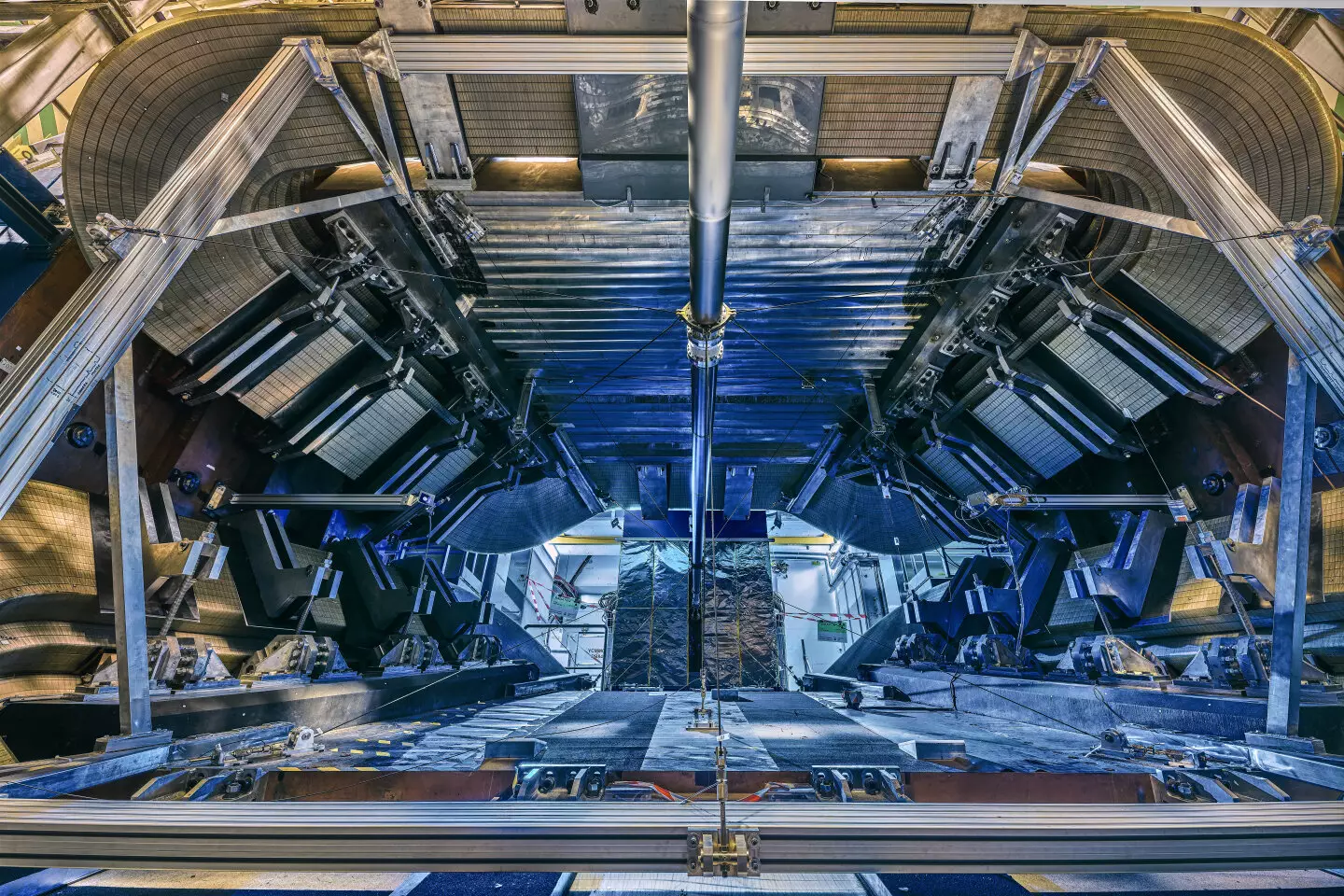The realm of particle physics never fails to astound us with its peculiar phenomena and mind-bending concepts. One such quirk of quantum physics is the ability of particles to oscillate between matter and antimatter states. For example, the neutral D meson, composed of a charm quark and an up antiquark, can spontaneously transform into its antimatter counterpart and back again. This fascinating behavior opens up the possibility of delving deeper into the mysterious matter-antimatter asymmetry in the universe.
Unveiling the CP Violation Puzzle
The Standard Model of particle physics predicts the existence of CP violation, an imbalance between matter and antimatter induced by the weak force. While this phenomenon has been observed in particles containing quarks, it is not sufficient to explain the pervasive matter-antimatter asymmetry in the cosmos. Scientists are on a relentless quest to uncover new sources of CP violation and gain a better understanding of the known mechanisms.
In a recent seminar at CERN, the LHCb collaboration presented the results of its latest investigation into matter-antimatter oscillation in the neutral D meson. By meticulously measuring a set of parameters linked to the decay of the neutral D meson, the researchers aimed to detect potential CP violation in the oscillation. Their efforts culminated in the most precise measurements to date, showcasing a significant reduction in measurement uncertainty compared to previous studies.
While the results were consistent with past findings and revealed no evidence of CP violation in the neutral D meson’s oscillation, they pave the way for future analyses. The LHCb team plans to explore other decay modes of the neutral D meson using data from the upcoming runs of the LHC and its High-Luminosity upgrade. These studies will shed light on the matter-antimatter imbalance and may unearth new clues to unraveling cosmic mysteries.
The search for asymmetry between matter and antimatter is a crucial endeavor in the realm of particle physics. By delving into the intricate world of particle interactions and decays, scientists strive to unravel the mysteries of the universe’s composition and evolution. The quest for understanding the fundamental nature of matter and antimatter remains a captivating journey that continues to inspire curiosity and innovation in the scientific community.


Leave a Reply